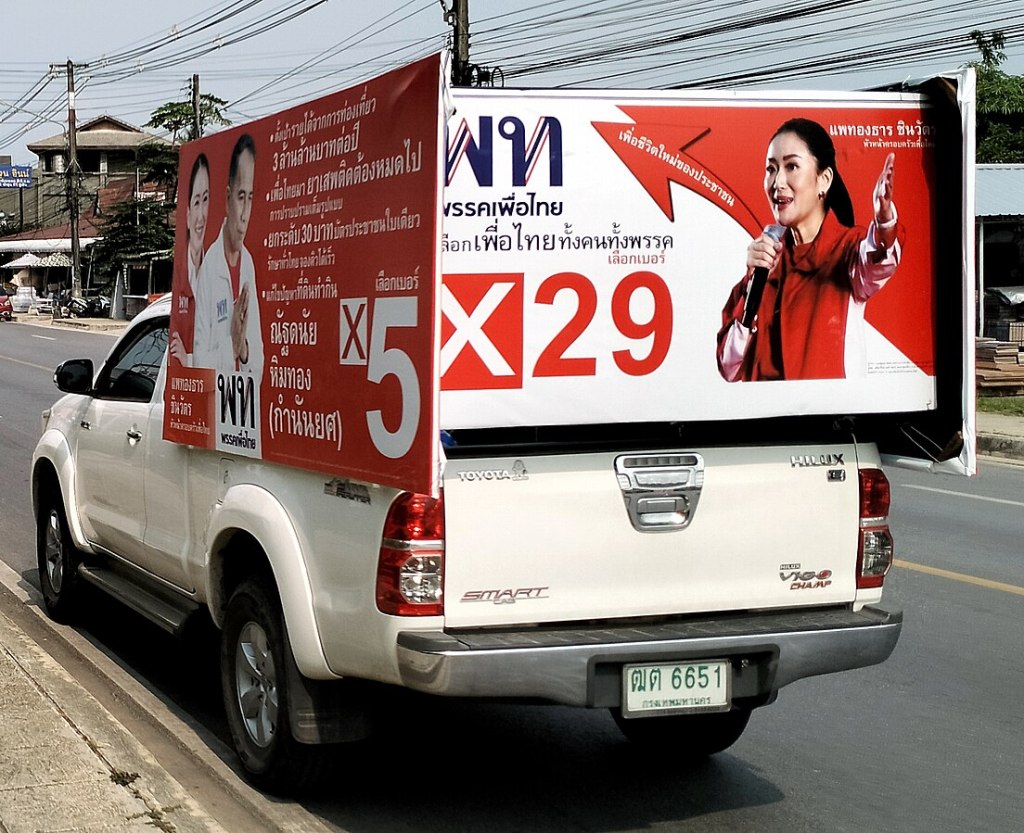Thailand’s election season is notorious for bringing out a tsunami of election banners that are stuck on every possible tree and electrical pole. But in the past election, a voter might be forgiven for feeling lost while trying to digest this potentially rich source of information for voter preferences.
Thailand’s 2023 banners were interesting because they often contained photos not only of a local candidate but also of the party’s prime ministerial candidate. In addition, the banners displayed a dizzying array of numbers — mostly sums of money attached to the various policies the parties were proposing. In short, the posters contained a dizzying array of information that demonstrated how the political parties were attempting to sell their brands and differentiate themselves from the competition.
But how successful were the different parties at communicating their brands to the public? To what extent were voters actually able to remember and distinguish the political parties and their policies? This is not simply a theoretical question; after all, clear party brands allow for stronger and more meaningful attachments to voters as they are better able to discern whether they can identify with that party (Lupu 2017), and policy differentiation only aids voter decision making (Lupia and McCubbins 2000) to the extent voters correctly perceive those differences. To investigate these questions, we administered a survey in Thailand a month after the election asking voters to match key components of each party’s campaign with the correct political party.

Leave a comment.